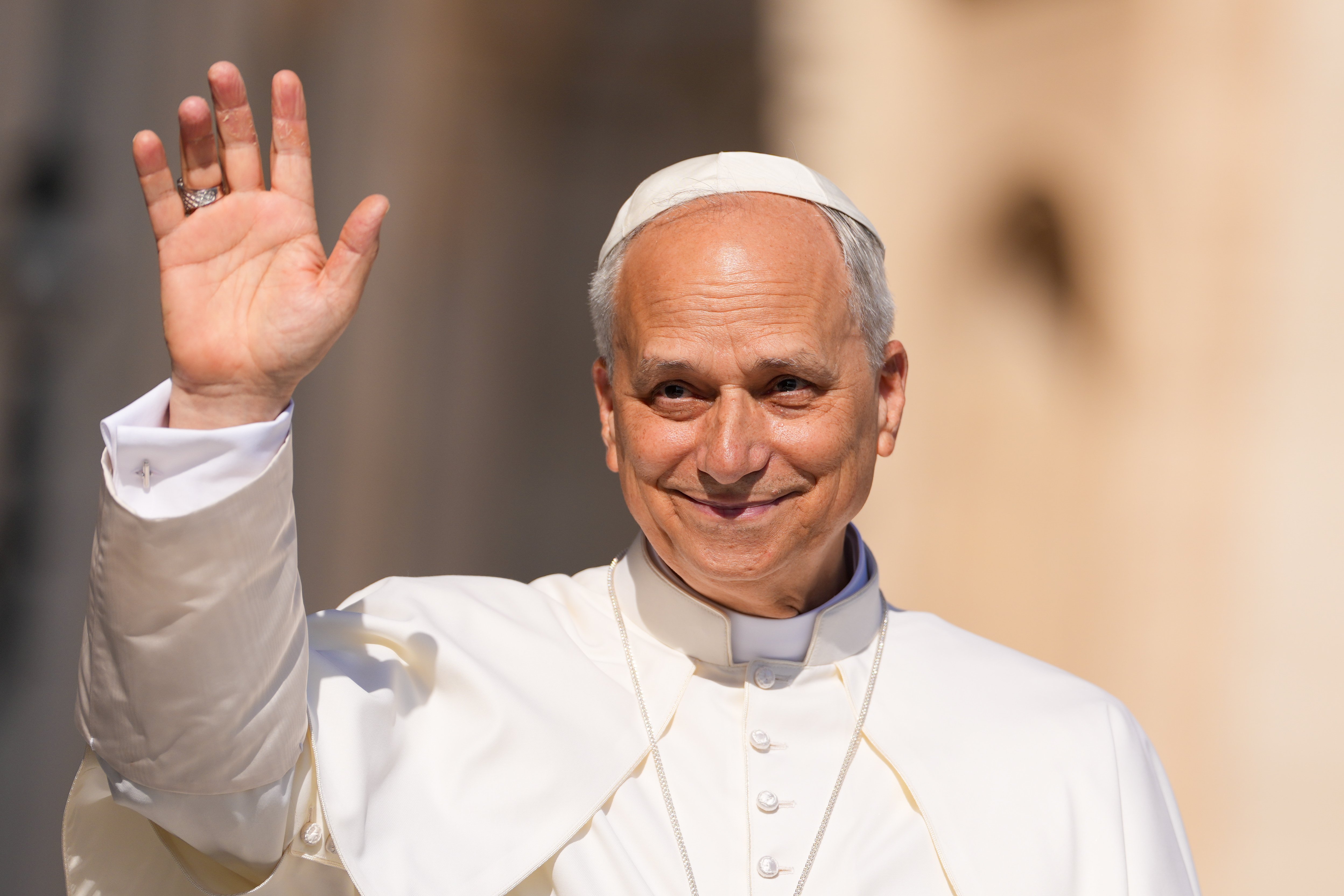April 6, 2018 at 1:53 p.m.
EASTER CUSTOMS
Eastern-rite traditions differ
Catholics of the Eastern rites celebrate Easter with some differences from how Latin-rite Catholics do.
Rev. Elie G. Kairouz of St. Ann's Maronite Church in Troy noted that the Easter service there includes the Rite of Peace, immediately after the homily.
It "consists of a procession from the empty tomb with the cross that bore the body of Christ on Great [Good] Friday draped in a white cloth," he explained. "This symbolizes the trampling of death and the giving of life by Christ, who accepted death and changed it to eternal life.
"The cross is then carried in procession around the church three times. The priests and members of the congregation, who are all carrying lighted candles, precede the cross. A priest or deacon incenses the cross during the procession."
Peace of Christ
Father Kairouz noted that "peace" was the first word Jesus greeted His disciples with on Easter morning.
"By His resurrection," the priest said, "Christ restored peace between His Father and the world, and thus, restored creation to its original destiny."
The procession with the cross "proclaims the victory of the risen Savior, who is the reservoir of peace. [The wood of the cross is] no longer the cursed wood but rather the 'Tree of Life.'"
Vestments
Rev. Robert Markovych of St. Nicholas' Ukrainian Catholic Church in Hudson explained that Great and Holy Thursday begins with an early-morning liturgy marking the sanctity of the body and blood of Christ.
In the evening, instead of a Mass of the Last Supper, there is a service that includes the reading of 12 selections from the Gospels. "The priest does each of the Gospel readings, changing vestments before each reading," he said. "It is a lot of changing and reading for the priest."
The changes signify a fresh approach to each reading, beginning and ending with a dark-colored vestment.
Shroud
"On Great and Holy Friday, we abstain from both meat and dairy products," the priest said. "A Holy Shroud burial service in the evening marks the crucifixion, death and burial of Jesus in the tomb of Joseph of Arimathea.
"There is a tomb in front of the altar that is covered with flowers. Our people come to this service to venerate the shroud of Jesus crucified. They come forward in veneration, often making the last few steps or so on their knees. It is very symbolic."
Holy Saturday marks "the transition from death to resurrection," he continued, "reflected by Resurrection themes in the reading of a vespers service that precedes the liturgy."
Easter morning
Easter Sunday Mass "is celebrated with antiphons, prayers and responses that are filled with the resurrection theme," Father Markovych noted. "We even carry these over into our personal, daily greetings with each other throughout the Easter season. This signifies Christ's conquering death.
"After our Easter Sunday morning liturgy, there is the ritual blessing of the foods. Included in our Easter foods is horseradish made with red beets. The beets represent the sweetness of the Resurrection and the horseradish represents the bitterness of the crucifixion."
(4/8/04) [[In-content Ad]]
MORE NEWS STORIES
- Slain Minnesota lawmaker, husband remembered for lives lived ‘with purpose, meaning’
- ANALYSIS: ‘Big Beautiful Bill’ trillion-dollar increases to US debt to hit poor hardest
- Archbishops must promote unity, seek new ways to share Gospel, pope says
- Experts: Catholic media witness to truth, Gospel and are at ‘kairos moment’ in church
- Shrine celebrates 350 years since Jesus showed his heart to French nun as symbol of love
- Noem ends TPS protection for half a million Haitians, placing them at risk of deportation
- Washington Roundup: Supreme Court concludes term, Senate weighs ‘Big Beautiful Bill’
- Carol Zimmermann, NCR news editor, wins St. Francis de Sales Award
- Archbishop arrested, second cleric sought, amid Armenian government crackdown on opposition
- Israel-Iran war, Supreme Court decisions, pope message to priests | Week in Review








Comments:
You must login to comment.